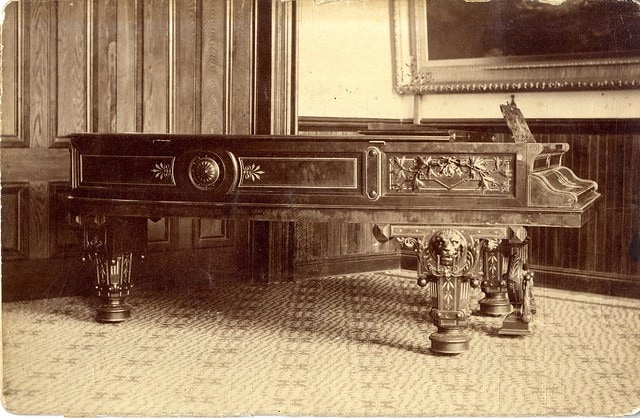Piano Adventures: The Head Injury Edition
Note: Piano Adventures is a regular feature highlighting the quirky aspects of my daily life as a piano technician, from the paradoxical challenges of working with inanimate objects to the characters I meet.
A couple of weeks ago, I was tasked with teaching someone how to replace a broken piano string.
Piano wire is quite stretchy, a fact a lot of people are not aware of because most people never have a reason to experiment with stretching steel. When a piano is at its designated tension, a piano wire is generally at 60% of its tensile strength. So, theoretically, if a piano is well-maintained at the proper pitch, a string should never reach the 100% point at which it will break. However, “should not break” and “will not break” are not the same thing.

